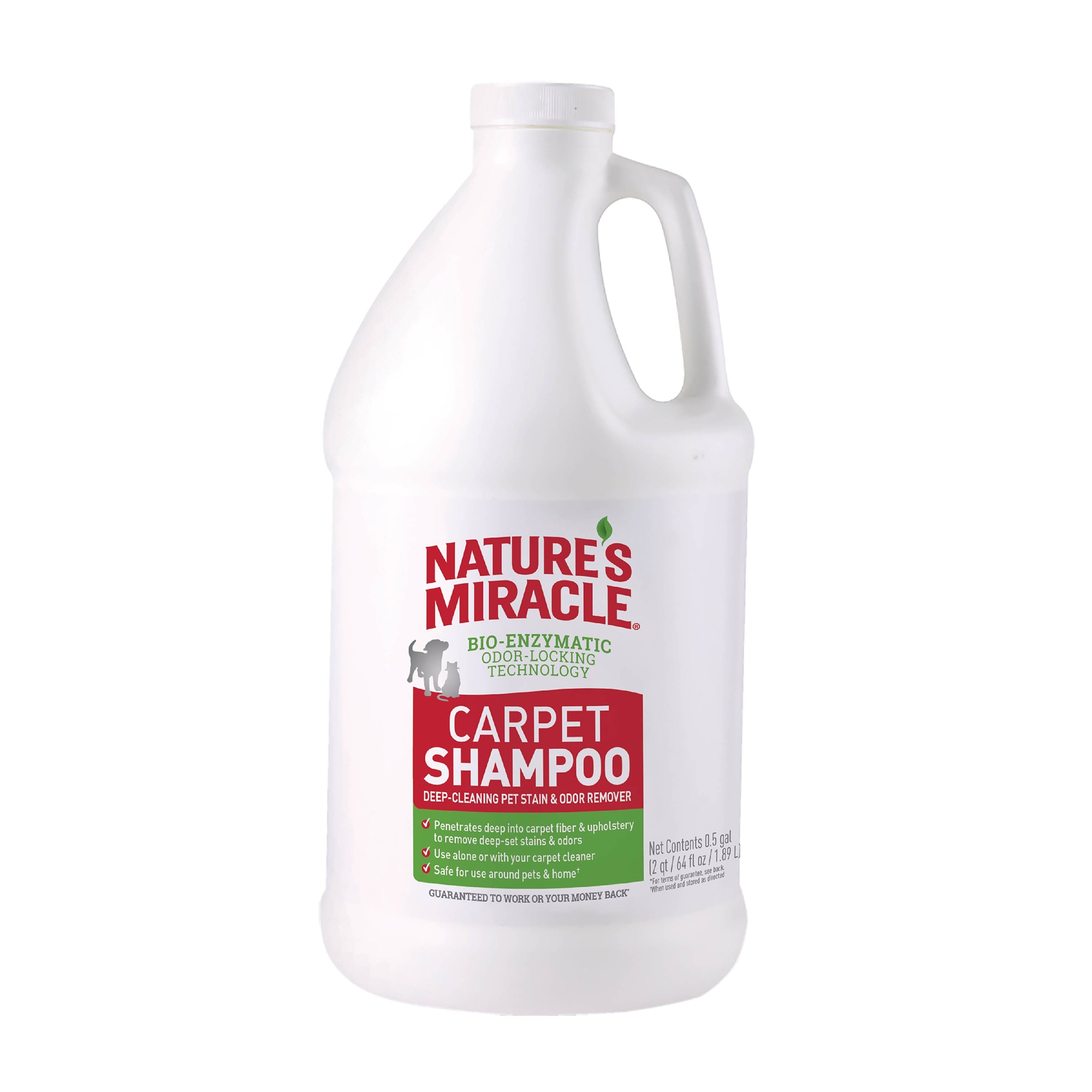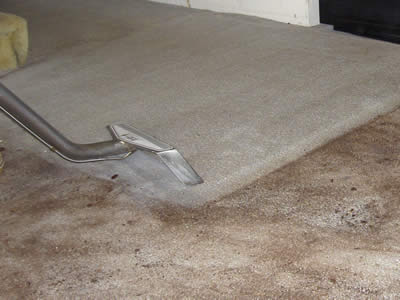An Extensive Check Out Carpeting Cleansing Kinds: From Vapor Cleansing to Dry Cleansing, Which Method Is Best for Your Needs?
When it pertains to preserving the look and longevity of your carpets, selecting the appropriate cleaning method is critical. With options ranging from heavy steam cleaning, which masters deep cleanliness, to dry cleansing strategies that deal with fragile fibers, the choice can be complicated. Each technique presents unique advantages and considerations that rest on variables such as carpeting product and the degree of soiling. Understanding these nuances might disclose unexpected insights that can significantly influence your rug care strategy, leading to an extra educated choice customized to your certain requirements.
Introduction of Carpet Cleansing Methods
While various rug cleansing approaches exist, each strategy is designed to deal with particular cleansing demands and carpeting kinds successfully. Recognizing these methods is important for choosing one of the most proper strategy tailored to specific circumstances.
One of the most usual techniques is dry cleaning, which uses marginal moisture and specialized cleansing substances. This approach is specifically useful for delicate rug fibers that may be harmed by too much water (carpet deep cleaning). An additional common choice is hot water removal, frequently referred to as vapor cleansing, which utilizes warmed water and cleaning representatives to eliminate dirt and stains deeply ingrained within the carpet fibers
Encapsulation cleansing is one more modern method, making use of synthetic cleaning agents that crystallize dirt particles. This method is efficient and lessens drying out time, making it perfect for commercial settings. In addition, bonnet cleaning utilizes a rotating buffer with absorbing pads to lift surface dirt, frequently used in resorts and high-traffic areas for quick cleanups.
Inevitably, the option of carpeting cleaning method pivots on elements such as carpeting type, degree of dirtying, and preferred results. By thoroughly taking into consideration these organizations, home owners and variables can ensure the long life and look of their carpets.
Steam Cleaning Explained
Among the most efficient carpeting cleansing methods is heavy steam cleansing, also known as warm water extraction. This method makes use of high-temperature water, generally heated up to about 200 degrees Fahrenheit, to permeate rug fibers and loosen up dust, stains, and allergens. The procedure starts with pre-treatment of greatly soiled areas, adhered to by the application of the warm water service. As the water is injected into the rug, it damages down the crud, allowing it to be efficiently eliminated.
Vapor cleansing is specifically reliable for deep cleansing carpetings, as it not just gets rid of surface area dust yet additionally removes microorganisms and allergen, contributing to a healthier interior setting. The approach appropriates for numerous sorts of carpets, including those made from artificial and all-natural fibers.
After the extraction process, carpetings might maintain some moisture; however, with correct tools, drying times can be substantially minimized. Normal heavy steam cleaning can lengthen the life of carpetings while improving their appearance. Generally, heavy steam cleansing attracts attention as a thorough remedy for preserving clean, fresh carpetings, making it a favored choice for both business and domestic setups.
Dry Cleansing Methods
Dry cleaning strategies use an effective choice to typical heavy steam cleaning, especially for carpets that might be sensitive to moisture or call for a quicker drying time. This approach utilizes specialized cleansing solvents as opposed to water to get rid of dirt and discolorations, making it suitable for delicate textiles and carpets that might be damaged by too much moisture.

Another method uses solvent-based cleaning services, which are applied to the rug utilizing a low-moisture method. This method decreases the risk of shrinkage or shade bleeding while effectively raising stains.
Dry cleaning is specifically helpful for business setups or households with high foot traffic, as it makes sure marginal disruption. In general, these techniques give a trustworthy alternative for keeping carpets without the lengthy drying times related to damp cleansing strategies.
Contrast of Cleansing Approaches
When assessing different rug cleaning techniques, it is important to weigh the advantages and drawbacks of each strategy to establish one of the most ideal alternative for details demands. Vapor cleansing, frequently considered the most effective method, makes use of warm water removal to get rid of deep-rooted dirt and allergens. However, it requires longer drying out times and might not be suitable for delicate carpets.
On the other hand, dry cleansing techniques, such as encapsulation and bonnet cleaning, give quicker drying out times, making them a lot more practical for residential settings. These approaches use minimal moisture, which minimizes the threat of mold growth yet might not achieve the same degree of deep cleaning as steam cleansing.
Shampooing is one more alternative, efficient for surface dust however typically leaves residues that can draw in dirt with time - deep carpet cleaning service. carpet deep cleaning. Furthermore, it's labor-intensive and might call for expert treatment for extensive outcomes
Choosing the Right Method
Selecting the ideal carpeting cleaning technique rests on a number of factors, including the type of rug, the level of soiling, and the wanted outcomes. Different carpets, such as woollen, artificial, or all-natural fibers, respond distinctively to different cleansing strategies. As an example, heavy steam cleansing, which uses hot water extraction, works for synthetic carpetings but may damage delicate fibers like wool.
The degree of staining plays an important role in technique option. Greatly soiled carpets might call for his comment is here deep cleaning approaches like steam cleaning or encapsulation, whereas lightly soiled carpets might profit from less complex strategies such as completely dry cleansing or vacuuming.
Preferred results additionally affect the selection of cleansing approach. If fast drying is a concern, completely dry cleansing techniques are better, as they need minimal moisture. Conversely, if the goal is to get rid of persistent spots and irritants, steam cleansing could be the much better choice regardless of longer drying out times.
Inevitably, reviewing these variables assists house owners and specialists make notified decisions, ensuring that the picked approach not just cleans up efficiently yet likewise preserves the stability and longevity of the carpeting.
Verdict
In conclusion, selecting a proper carpeting cleansing approach pivots on specific carpet types and private cleansing requirements. Heavy steam cleansing supplies deepness and sanitation, while dry cleansing provides speed and benefit for moisture-sensitive materials.
